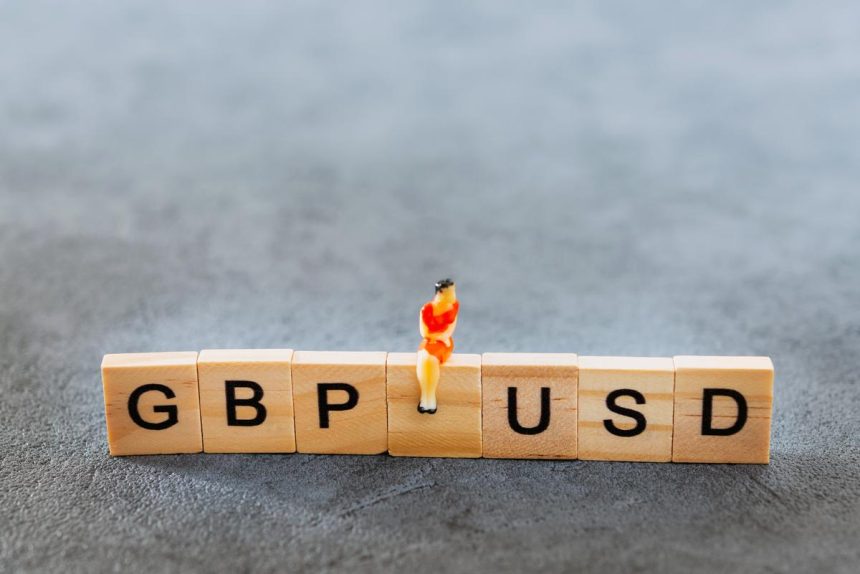Pound is under selling pressure versus the US dollar as market mood is dampened by uncertainties ahead of Fed Powell’s meeting.
The Pound Sterling (GBP) fell to 1.2620 against the US Dollar (USD) in Tuesday’s London session. The GBPUSD pair falls as market players become risk averse ahead of Federal Reserve (Fed) Chair Jerome Powell’s speech at 13:30 GMT. And the June Nonfarm Payrolls (NFP) data release on Friday.
Powell is expected to provide hints about when the central bank would start decreasing its benchmark borrowing rates. In June’s Policy Meeting, Powell stated that the easing of inflationary pressures in May is positive. But policymakers want to see inflation fall for several months before considering interest rate reduction. Officials predicted only one rate drop this year. Citing a lack of evidence that inflation will return to the desired rate of 2%.
This week, investors will focus on labor demand and wage growth statistics to determine if the Fed should begin lowering interest rates. Following the September meeting, as indicated by 30 day Federal Fund futures pricing data from the CME FedWatch tool.
Investors will pay close attention to the US JOLTS Job Openings data for May. Which will be released at 14:00 GMT on Tuesday. Economists expect the number. The number of new job openings is expected to reach 7.90 million, down slightly from 8.06 million in April.
Daily Market movers: Pound Sterling surpasses its European and Asian counterparts.
In Tuesday’s session, the pound sterling recovered against its key counterparts from Europe, Asia, and the Asia-Pacific region. But underperformed against North American currencies. Despite the fact that lessening United Kingdom (UK) price pressures have boosted prospects of early rate cuts by the Bank of England (BoE). The British currency remains attractive.
The British Retail Consortium (BRC) said on Monday that annual shop price inflation increased by 0.2% in June. The smallest rate since October 2021, and fell sharply from May’s reading of 0.6%. The agency also revealed that food inflation declined steadily for 14 months, falling to 2.5% from 3.2%, while non-food prices declined 1.0% year on year, according to Reuters.
The UK’s annual retail price inflation rate has fallen to its lowest level since October 2021.
It is important to note that annual headline inflation, as measured by the Consumer Price Index (CPI), has already returned to the bank’s target of 2%. High inflation in the service sector remains a big concern for BoE officials. Policymakers regard service inflation as the preferable indicator of price pressures and want it to fall significantly in order to build confidence in transitioning to policy normalization.
Investors expect the BoE to begin lowering interest rates at its forthcoming meeting in August.
Meanwhile, revised figures for the manufacturing sector showed that factory activity increased marginally during June. The S&P Global/CIPS Manufacturing PMI survey revealed on Monday that industrial activity dipped to 50.9 Based on the preliminary reading and estimations of 51.4. However, it stayed above the 50.0 threshold that distinguishes expansion from contraction.








